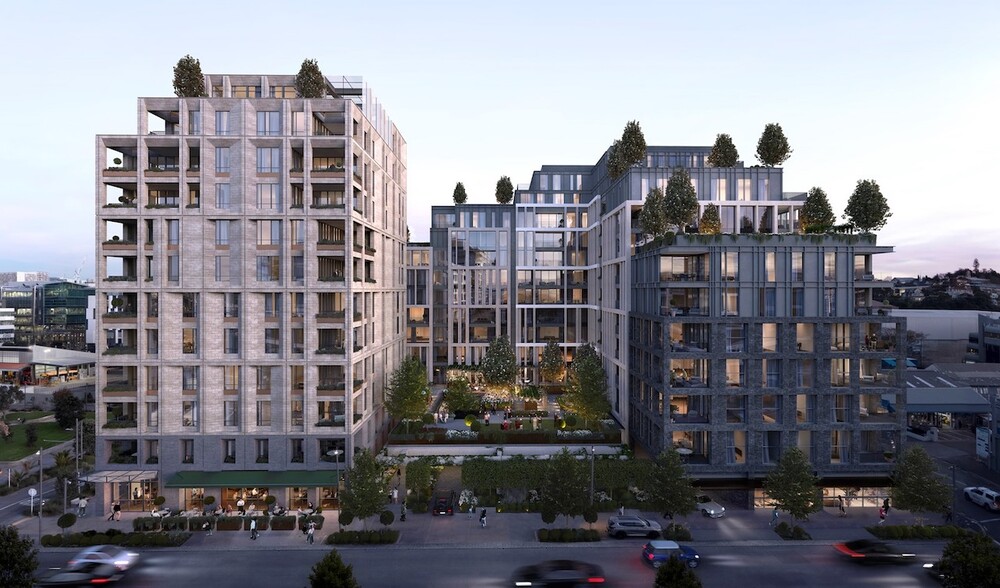Living Your Best Years Yet: The Rise of Later Living Communities
Staff Reporter
23 October 2023, 5:43 PM

As our Kiwi population enjoys longer, healthier lives, the traditional notion of retirement is undergoing a remarkable transformation.
In New Zealand and other developed nations, a new paradigm known as "later living" is emerging, offering a vibrant alternative to conventional retirement living.
To comprehend the essence of later living, it's essential to first explore the typical retirement living landscape in New Zealand.
Most retirement communities provide independent living options, such as cottages or apartments, specially designed for older residents.
These communities aim to deliver a hassle-free lifestyle by offering services like meals, housekeeping, transportation, and a spectrum of social and wellness programs.
Property maintenance is taken off the residents' shoulders, allowing them to savour their golden years without the burden of chores.
However, for some active seniors, the structured environment of retirement villages can sometimes feel too institutional or isolated.
In contrast, the essence of later living lies in sustaining well-being, engagement, and independence well beyond the traditional retirement age.
Later living communities in New Zealand focus on promoting active lifestyles, fostering social connections, and extending the time seniors can contribute to their communities.
These communities attract dynamic seniors who still yearn for social interaction, travel, part-time work, and the pursuit of hobbies and education.
Unlike the relative isolation experienced in traditional retirement villages, residents of later living communities prefer to remain integrated within urban or small-town neighbourhoods, embracing the richness of multi-generational communities.
In practice, the homes in later living communities are designed as flexible, multi-purpose living spaces.
They are crafted for ageing in place, featuring easy accessibility, spacious doors and hallways, single-floor living options, and adaptable features.
These communities offer communal amenities that promote wellness, continuing education, support for entrepreneurial ventures, cultural activities, and opportunities for socialising.
While on-site services are available, they are not mandatory, allowing residents the freedom to come and go as they please, preserving their autonomy for as long as they desire.

Northbrook Wynyard Quarter, a premium lifestyle village, is set to house 150 premium living units and 40 care units.
For many seniors, later living aligns perfectly with their active and engaged lifestyles, extending well beyond the conventional retirement age.
Data reveals that New Zealanders and citizens of other nations are increasingly choosing to work past the age of 65, whether by choice or necessity.
Later living acknowledges the demand for flexible housing and communities that facilitate dignified and independent ageing.
Additionally, intergenerational social programs play a pivotal role in mitigating the loneliness and isolation that can sometimes plague residents of retirement communities or those living alone.
The focus of later living remains on enhancing overall well-being and quality of life through meaningful social interaction and engaging activities.
The costs associated with later living communities are often comparable to premium retirement villages once all related expenses are taken into account.
However, later-living residents retain greater control over their independence and lifestyle for an extended period.
Should their healthcare needs evolve, they can make use of on-site services, but the emphasis remains on independent living for as long as safely feasible.
For seniors who wish to continue making meaningful contributions to their communities, later living endeavours to support their engagement and purposeful living within a flexible, multi-generational environment.
In summation, later living is gaining prominence as a compelling alternative to traditional retirement living in New Zealand and similar nations.
It acknowledges the fact that seniors are enjoying longer, more active lives and are seeking purposeful engagement well beyond the conventional retirement age.
With flexible housing and community programs that promote well-being, independence, and an enhanced quality of life through ageing in place, later living aims to empower residents to continue contributing to their communities for as long as they desire.
As healthcare standards improve and global living standards rise, the concept of later living is poised to further expand, redefining the art of ageing gracefully.



